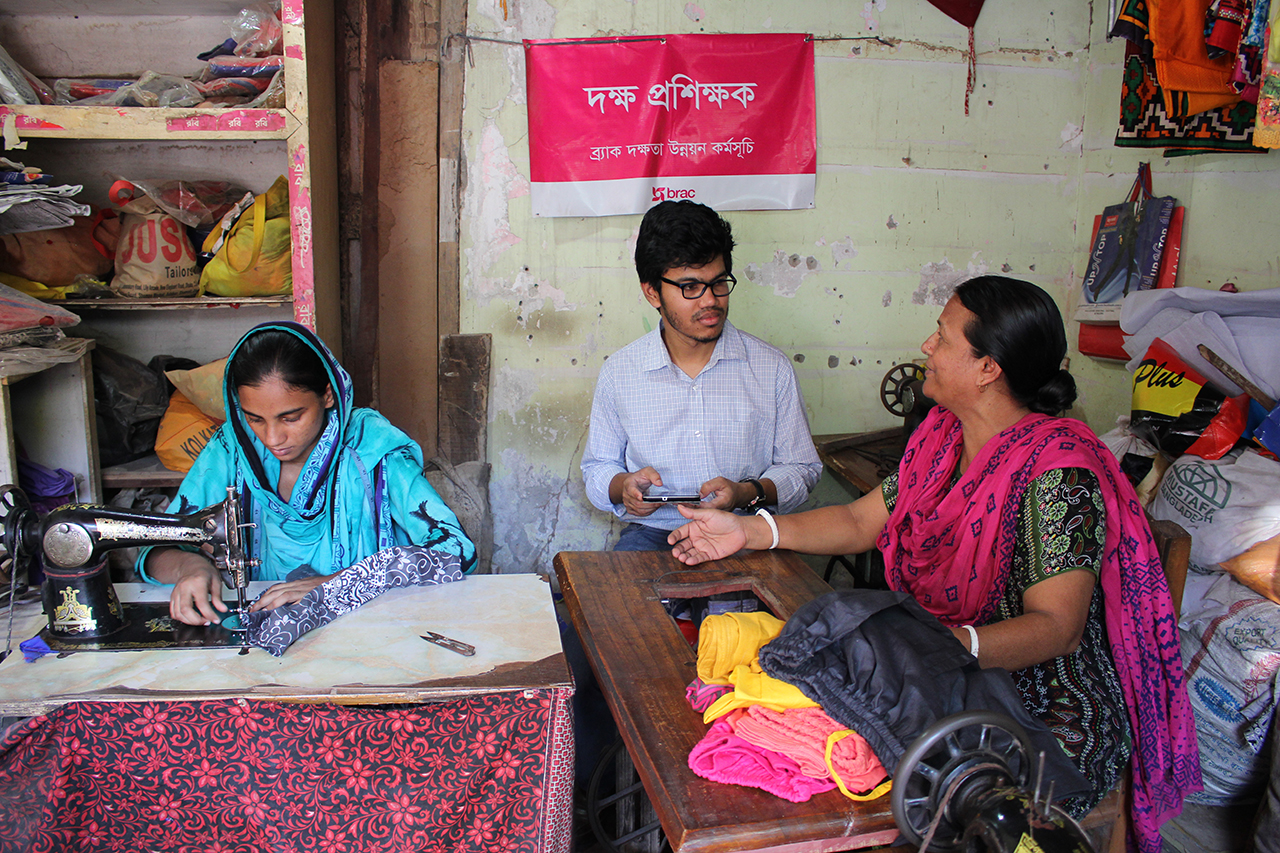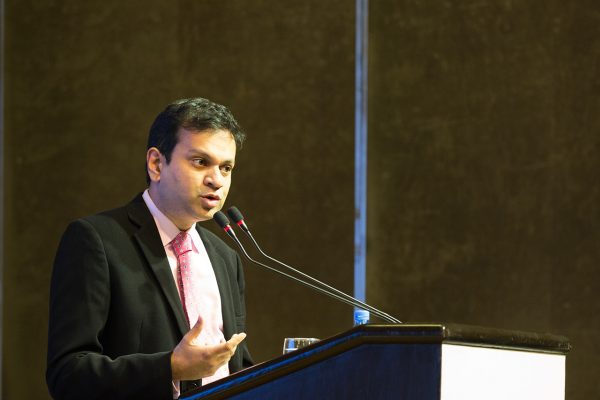How BRAC used machine learning to reduce the drop-out rate of learners with disabilities to zero
Reading Time: 3 minutes
Shathi is a young woman in Dhaka learning to sew. She is talented and dedicated, but she cannot hear. It is crucial that Shathi has a high quality learning experience to equip her with the skills she needs to become a successful tailor. The challenge is that there are hundreds of tailoring shops in Dhaka. How can we ensure that we match Shathi with the right shop for her apprenticeship?
Tech giants like Netflix, Google and Amazon have been using machine learning to inform decision-making for decades. It helps them to continually learn more about their clients and ensure that they target people with the products and services that they are most likely to want. Even though supply chains are longer than they have ever been before, the suggestions which clients receive about what to buy are more tailored than ever before. And the machines get better and better at selling – the more that clients interact with organisations, the more information they collect, and the smarter the predictions of what people want to buy become.
How can machine learning help BRAC to ensure that Shathi had the best chance of successfully learning and then smoothly transitioning into earning?
Young people in Bangladesh are almost three times more likely to be unemployed than adults, and the situation is even tougher for young people living with disabilities. While skills programmes help with unemployment, young learners with disabilities have always made up roughly half of the drop-outs in BRAC’s skills development programme. In 2017 we started using machine learning to change that.

Shathi is learning how to sew a collar from mastercraft women Alpana, who has more than eight years training experience and owns a tailoring shop in Dhaka.
Our hypothesis was that the right master craftsperson is the most reliable factor in determining whether a young learner with a disability would be successful in completing training and then getting employed. To test this, we used machine learning to analyse seven years of data collected from 84,581 master craftspersons and young learners with disabilities.
We mapped arbitrary inputs (characteristics of master craftspersons) against outputs (master craftspersons who were able to retain young learners with disabilities until graduation). We chose a rate of learning that was low enough to create useful data, but high enough so that we could invest reasonable time and resources without needing to spend years training the network. We used trial and error to increase the accuracy of the model and used multiple linear regression to check whether the algorithm determined the correct weight of the indicators. Finally, we used sensitivity and weight analysis to determine the relationship between the input variables and the output.
The connection between the input factors and output factors was strong, which meant we could predict who would be the best master craftsperson for a young learner with a disability!
The strongest indicator of success was the amount of professional experience which the master craftsperson possessed, which included factors such as whether they were a business owner, how many years of business experience they had and how many apprentices they had trained. Other relevant characteristics included whether they had previously trained people for at least 4,000 hours, whether they possessed a minimum of a junior school level certificate, whether they owned the business they were running and whether they had at least eight years of business experience in the trade they were teaching.

Shifur (middle) collecting data from master craftsperson Alpana (right). ©BRAC/Marzia Binta Nizam
By taking advantage of the data analysis capabilities of machine learning, we have created a pool of reliable business owners across Bangladesh. We recently enrolled 1,244 people with disabilities with selected master craftspersons. The dropout rate was zero and all learners were employed after graduation.
The nonprofit world has started to leverage on the experience gathered in Silicon Valley to identify the ideal microfinance borrowers, the right treatment for pregnant women in rural areas, and to customise schooling. For BRAC, machine learning has meant that we now have 407% more suitable master craftspersons for apprentices with disabilities. And for Shathi, it means she now has the best chance of success as a tailor!
Shifur Rahman Shakil is a manager working with the technology for development team at BRAC Skills Development
Samira Syed is senior manager at the Executive Director’s Office, BRAC International.





